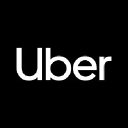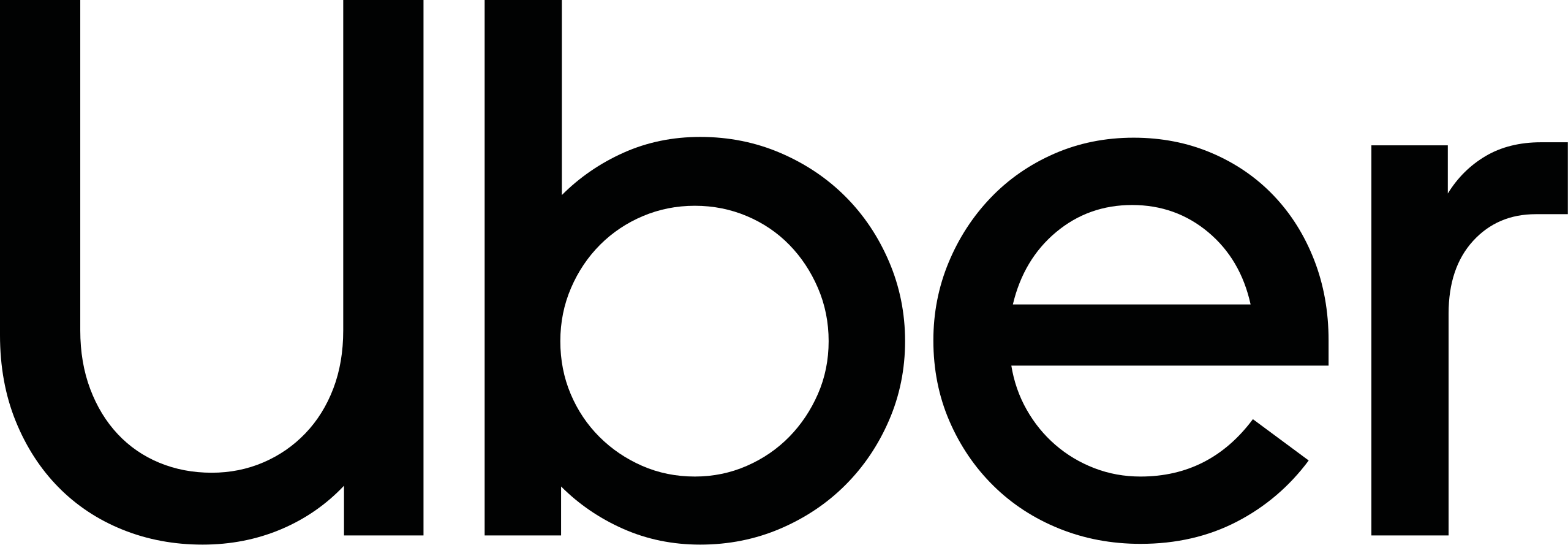 Top 15 Uber Interview Questions with Answers
Top 15 Uber Interview Questions with Answers
Overview
Uber is a global leader in on-demand transportation, food delivery, and logistics. It has revolutionized the way people move by driving innovative solutions for efficient ride-sharing and transportation. The company employs over 5 million drivers who provide thousands of rides every hour, transforming the way people travel and interact worldwide.
To fuel this demand, Uber hires experienced software engineers, data engineers, data scientists, and data analysts to power an extensive logistics platform. Uber interview questions rigorously assesses candidates’ data expertise and creative problem-solving. In this guide, we’ll review each stage in the process and what areas to prepare for.
Uber is an international transportation network company offering peer-to-peer ridesharing, ride service hailing, food delivery, and a bicycle-sharing system
Uber Interview Process
Uber’s interview process is tailored to evaluate a candidate’s technical aptitude, problem-solving abilities, and alignment with the company’s fast-paced culture. This includes the following stages:
- Preliminary Discussion: A recruiter will reach out to learn more about a candidate’s background and interest in Uber. A more in-depth conversation with a hiring manager may follow to gauge specific skills and experiences.
- Technical Interview: This includes coding sessions and case studies to assess a candidate’s problem-solving abilities.
- Functional Exercise: A role-dependent assessment to gauge functional knowledge. Typically, these are case-study like exercises. For example, Uber might ask you what are the KPIs when launching the product in a new city.
- Team Interview: Here, interviews are conducted with potential team members and managers to evaluate the core skills needed for the position.
Uber’s interview process reflects its data-driven culture and emphasis on technical competency. Unlike other companies that may tailor their hiring process based on a pre-defined role, Uber tends to explore a candidate’s fit for the company through a variety of discussions and assessments. This approach ensures that the candidates are well-aligned with Uber’s dynamic and innovative work environment.
Uber Databases Interview Questions
Having a deep understanding of databases and SQL is essential for all technical roles. Although Uber utilizes schema-less and document-storage engines, under the hood, they use MySQL together with the InnoDB storage engine.
1. How can you find the distance traveled by each user?
Given the tables users and rides, write a query to report the distance traveled by each user in descending order. The users table has columns id and name, and the rides table has columns id, passenger_user_id, and distance.
2. Write a query that outputs the name of a random car manufacturer.
Given a table of cars with columns id and make, write a query that outputs a random manufacturer’s name with an equal probability of selecting any name.
3. How would you rank departments based on employee salaries?
Given a employees and departments table, select the Top 3 departments with at least ten employees and rank them according to the percentage of their employees making over $100K in salary. The employees table has columns id, first_name, last_name, salary, and department_id. The departments table has columns id and name.
To further enhance your knowledge in Databases, explore the SQL learning path and practice with the SQL questions and solutions available in our database.
Uber Coding and Algorithms Interview Questions
Coding and algorithms are a major part of any technical role, especially at Uber. Here are some of the questions you might encounter during their technical interview:
4. How would you match people up based on availability and interests?
You’re given a list of people to match together based on:
- A hard filter on scheduled availability
- A secondary filter based on similar interests
The goal is to optimize the total number of matches first, and then optimize on matches based on common interests.
Write a function to return a list of matches along their scheduled availability. If there’s an odd number or excess people that cannot be matched based on availability, return them in a separate list with their existing values.
5. How can you use a continuous random generator to simulate a dice roll?
You’re given a function that generates a floating-point number between 0 and 1 from a continuous uniform distribution.
Write a function dice_rolls that uses this generator to simulate a dice roll, returning a number between 1 and 6 with a uniform distribution.
6. How can you find all of the combinations of integers that sum to an integer $N$?
Given a list of integers, and an integer N, write a function sum_to_n to find all combinations that sum to the value N.
To practice Coding and Algorithms interview questions, consider using the Python learning path or the full list of Coding and Algorithms questions in our database.
Uber Machine Learning Interview Questions
Uber utilizes machine learning in multiple areas of their product, and it has become a core functionality of their services. Here are some machine learning questions typically asked at Uber:
7. How would you encode a categorical variable with thousands of distinct values?
Be sure to state your assumptions for each specific situation when answering this question. Does it change depending on the model? Are there alternative solutions?
8. What are the assumptions of linear regression?
Are all the assumptions weighted equally? Are there some that cannot be overcome in any situation?
9. How would you build a model to predict if an Uber driver will accept a ride request?
What algorithm would you choose? What are the trade-offs between different classifiers? Discuss what features you would use in your model.
To get ready for machine learning interview questions, we recommend taking the machine learning course.
Uber Analytics and Experiments Interview Questions
Analytics and experiments are crucial aspects of Uber’s continuous endeavor to optimize its services and understand user behavior. Through rigorous data analysis and well-structured experiments, Uber strives to make data-driven decisions to enhance user experience, optimize operational efficiency, and drive growth. Here are some typical questions you might encounter in this realm during your interview at Uber.
10. How long will it take for two cars to meet?
A car starts driving at 60 mph, and an hour later, another car leaves the same position going 80 mph. Calculate the time it will take for the second car to catch up with the first.
11. What factors can affect the outcome of an AB test?
Your company is running a standard control and variant AB test on a feature to increase conversion rates on the landing page. The PM checks the results and finds a 0.04 p-value.
Assess the validity of this result.
12. What metrics would you use to assess demand in the ride-sharing market?
You work as a data scientist on a ride-sharing marketplace. Identify the metrics that would help you determine the demand for rides at any point. What metrics would tell you if there is high demand and low supply? How can you determine the threshold for when there’s too much demand?
For Analytics and Experiments, try using the product metrics and the data analytics learning paths. These resources will help you understand and solve complex problems in this field.
Uber Statistics and Probability Interview Questions
Statistics and probability are the backbone of various analyses, experiments, and predictive models that drive decision-making at Uber. To prepare for these topics, try the following questions:
13. How would you explain the concept of a p-value to someone without a technical background?
In your answer, discuss the relationship between hypothesis testing and p-values. Are there common misconceptions about what p-values represent?
14. Compare and contrast MLE and MAP.
Define Maximum Likelihood Estimation (MLE) and Maximum A Posteriori (MAP). When is it best to use each method?
15. How would you determine the budget for a ride-sharing coupon initiative?
A ride-sharing app has probability P of dispensing a $5 coupon to a rider. The app services N riders. How much should we budget for the coupon initiative in total?
If a driver using the app picks up two passengers, what’s the probability of both riders getting the coupon? What is the probability that only one of them will get the coupon?
To master Statistics and Probability, try the Statistics and A/B testing and the Probability learning paths. These resources will provide you with a comprehensive understanding of the subject.
Uber Interview Questions
Practice for the Uber interview with these recently asked interview questions.
Uber Salaries by Position
Most data science positions fall under different position titles depending on the actual role.
From the graph we can see that on average the Product Manager role pays the most with a $165,530 base salary while the Business Analyst role on average pays the least with a $99,743 base salary.
